Dialysis vs Conservative Management for Older Adults: Manju Kurella Tamura, Susan Wong, & Maria Montez-Rath
GeriPal
NOVEMBER 7, 2024
This is my favorite article, Susan, that I talk about of M a nju is a New England Journal article that came out 2009. 2009, yeah, 2009. As the caregiver or as a family member of the patient? I’m going to go back to that new paper from 2009 which we’ll have linked to. One of my favorite articles.

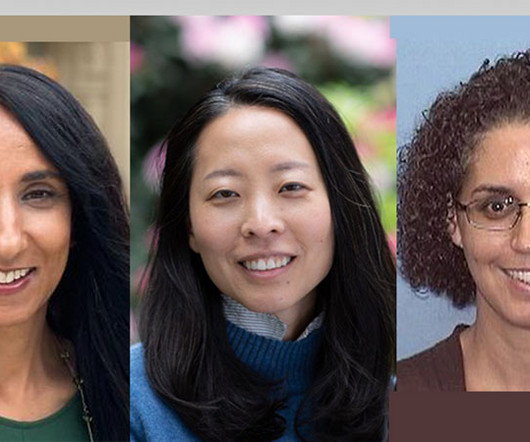
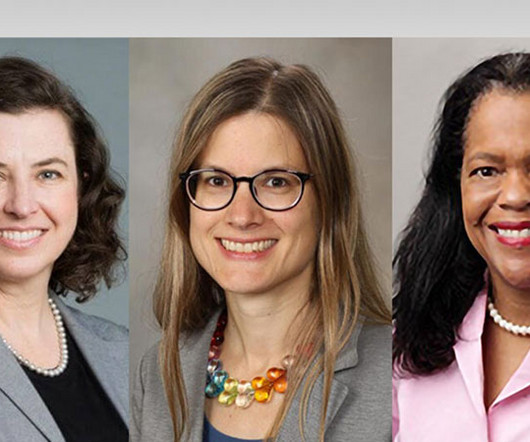
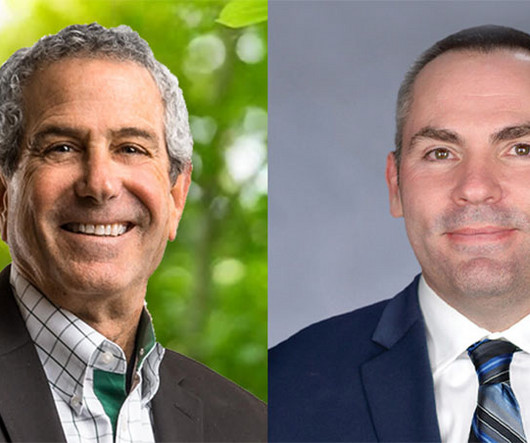
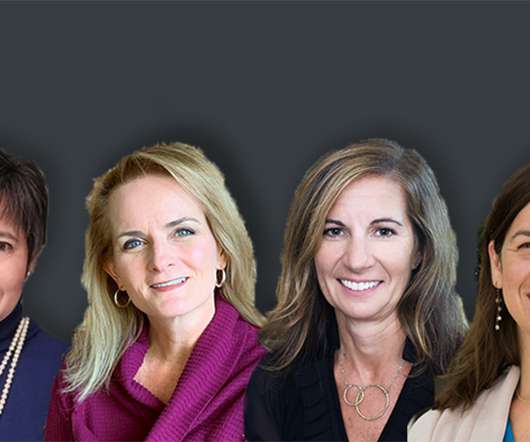
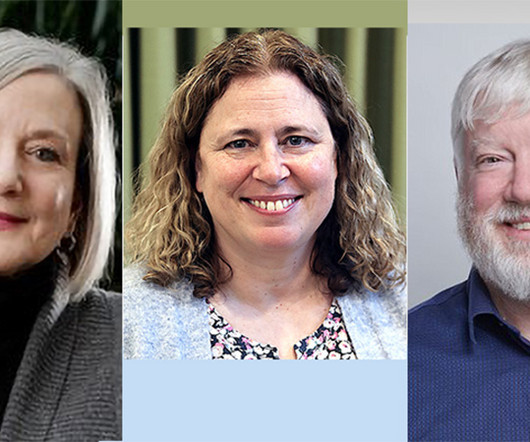







Let's personalize your content